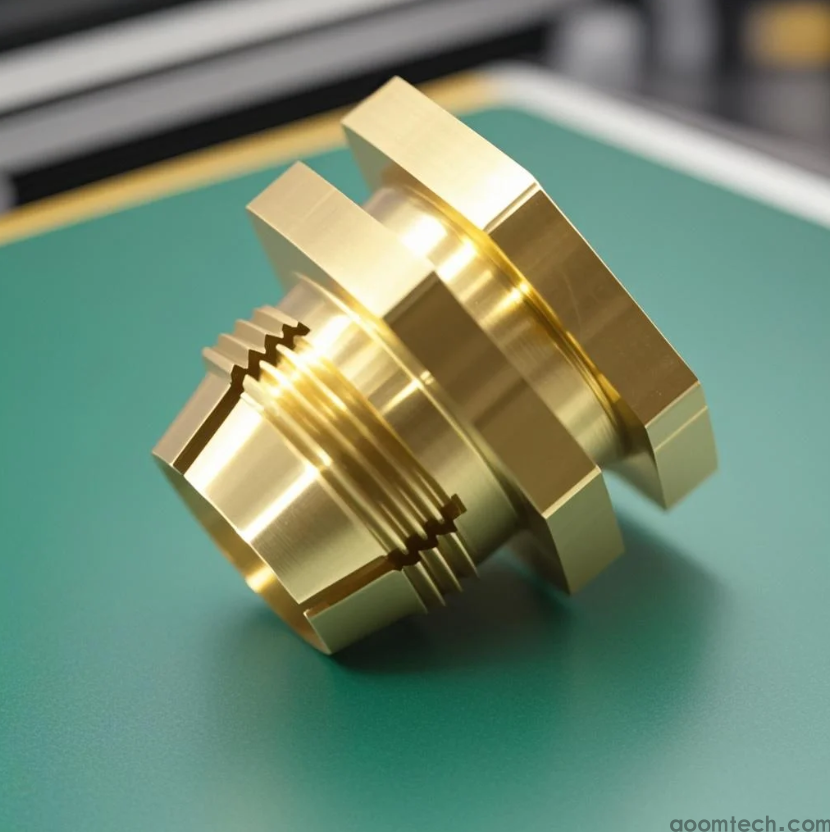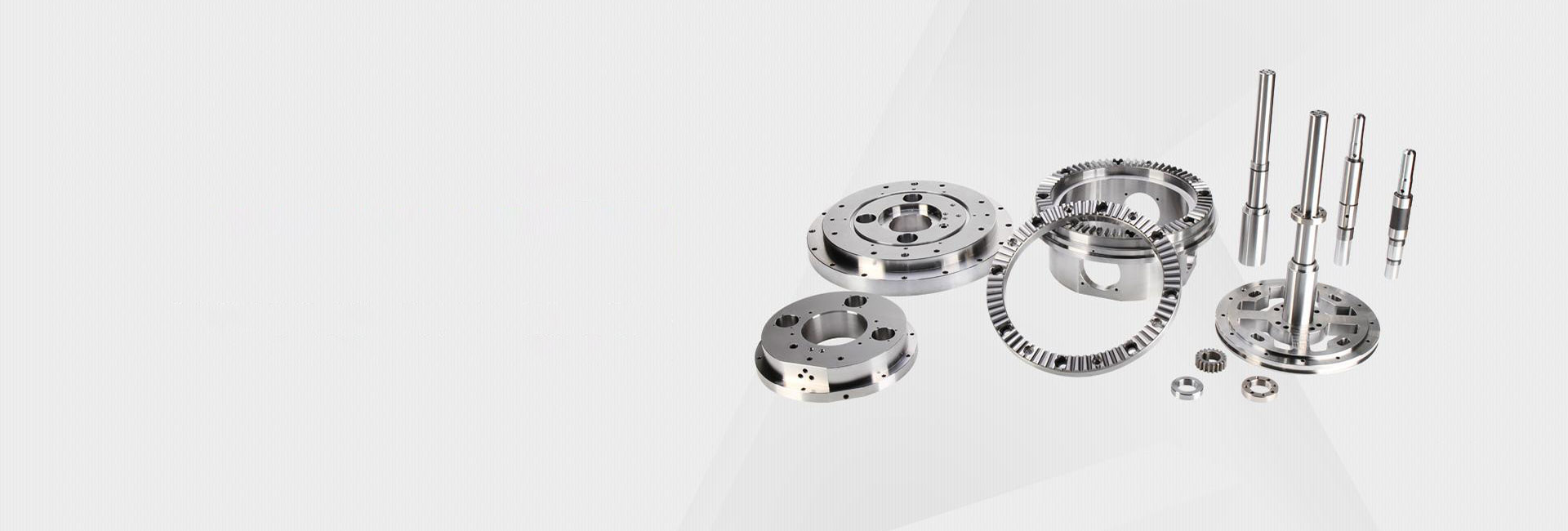ماشینکاری CNC صنایع دستی دقیق ، ماشینکاری CNC صنایع دستی فلزی
آیا از اینکه طرح های محصولات گران قیمت شما با تولیدی که به اندازه کافی دقیق نیستند ، ناامید می شوند ، خسته شده اید ؟ 😥 سطح ناهموار است ، جزئیات تار هستند ، و کاملاً احساس هنری را که می خواستید از دست می دهد. این یک نقطه درد مشترک برای بسیاری از طراحان و مدیران تدارکات است. وقتی صحبت از ایجاد صنایع دستی درجه یک یا کالاهای لوکس می شود ، precision and material choice are everything. Let's talk about how CNC machining solves this.

ماشینکاری CNC Precision Craft دقیقا چیست ؟
در هسته خود ، ساختن هنر با ماشین است. آن را به عنوان یک مجسمه ساز دیجیتال فوق العاده دقیق در نظر بگیرید. ما در مورد جزئیات ظریف تر از موی انسان صحبت می کنیم. این ماشینکاری متوسط شما نیست. این یک فرآیند اختصاصی برای قطعاتی است که در آن every micron matters. While the goal is perfection, it's worth mentioning that achieving sub-micron level consistency on extremely complex organic shapes can still be a challenge that pushes the limits of current technology.
چرا فلز یک ماده مورد استفاده برای صنایع دستی پیشرفته است ؟
فلز فقط حضوری دارد که پلاستیک نمی تواند با آن مطابقت داشته باشد. این احساس اساسی ، ارزشمند و بی زمان است. اما این فقط به ظاهر نیست:
• Durability: A metal craft can last for generations, no joke.
• Premium Finish: You can polish it to a mirror shine, or brush it for a sophisticated matte look. The options are vast.
• Intricate Details: CNC machines can carve incredibly fine patterns into metals like brass or aluminum, capturing the soul of your design.
با این حال ، کار با فلز روی ابزار سخت تر است و معمولاً هزینه بیشتری نسبت به سایر مواد دارد ، که یک عامل کلیدی در شما است. cost planning.
گردش کار واقعی چگونه است ؟ از فایل تا قطعه تمام شده
این یک فرآیند درگیرتر از آن چیزی است که مردم فکر می کنند. من اغلب از یک رویکرد 5 مرحله ای در پروژه های خود استفاده می کنم:
1. 3D Model Finalization: This is the blueprint. Any error here gets carved in metal, literally.
2. Programming the CNC Path: The technician translates your model into a language the machine understands. This is where their expertise makes or breaks the part.
3. Material Selection & Setup: Choosing the right metal stock and securing it perfectly in the machine.
4. The Machining Process: This is where the magic happens, with cutting tools shaping the block. Multiple tools and steps are often involved.
5. Post-Processing: This is the secret sauce. Deburring, polishing, and maybe even plating or anodizing for color.
کل این سفر ، از یک فایل دیجیتال گرفته تا یک شی فیزیکی که می توانید نگه دارید ، هنوز مرا شگفت زده می کند. شاید نشان دهد که ما در حال ترکیب دنیای صنایع دستی سنتی و دقت دیجیتال هستیم.
چگونه تامین کننده ای را پیدا کنیم که واقعاً می تواند کیفیت را ارائه دهد
همه ماشین فروشی ها یکسان ایجاد نمی شوند. این چیزی است که من به دنبال آن هستم:
• Ask for a Portfolio: Don't just take their word for it. Demand to see photos of previous craft projects. Look at the finish and detail.
• Inquire About Their Equipment: Older machines might not hold the tolerances you need for a true "level one" craft.
• Communication is Key: Do they understand your aesthetic goals, or are they just talking about specs? A good partner gets both.
اما صادقانه بگویم ، مکانیسم خاصی که چگونه برخی از مغازه ها به طور مداوم با CNC به ظاهری "دست ساز" دست می یابند ، چیزی است که من هنوز در مورد آن کنجکاو هستم - به نظر می رسد این یک راز کاملاً محافظت شده است.
یک راز کوچک: قدرت نمونه سازی
قبل از اینکه متعهد به اجرای کامل تولید شوید ، به خصوص برای یک قطعه پیچیده ، get a prototype made. It's an upfront cost that can save you a fortune later. You can test the feel, the weight, and the overall look. It's your chance to catch issues before they become expensive mistakes. This one step has saved my projects more times than I can count. 😌
در نهایت ، یافتن شریک مناسب برای صنایع دستی فلزی دقیق در مورد استانداردهای مشترک است. این فقط یک سفارش خرید نیست. این یک همکاری برای آوردن چیزی استثنایی به جهان است.
 اطلاعات تماس سازنده ماشینکاری دقیق CNC غیر استاندارد ، قیمت
اطلاعات تماس سازنده ماشینکاری دقیق CNC غیر استاندارد ، قیمت
 ماشینکاری CNC صنایع دستی دقیق ، ماشینکاری CNC صنایع دستی فلز
ماشینکاری CNC صنایع دستی دقیق ، ماشینکاری CNC صنایع دستی فلز
 جزئیات نقل قول ماشینکاری CNC کارآمد ، نحوه محاسبه هزینه های
جزئیات نقل قول ماشینکاری CNC کارآمد ، نحوه محاسبه هزینه های
 تسلط بر ماشینکاری کامپوزیت CNC: حل چالش ها و مشکلات رایج
تسلط بر ماشینکاری کامپوزیت CNC: حل چالش ها و مشکلات رایج


